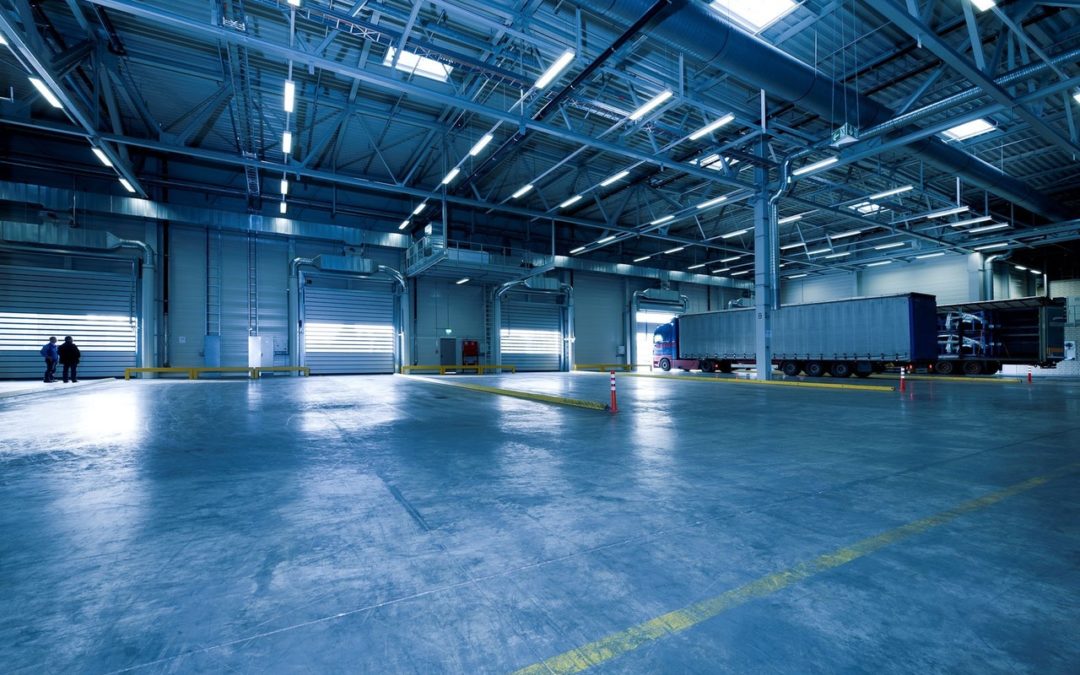Just like “lean manufacturing”, “Toyota Production System”, and “continuous improvement”, 5S is a term that gets thrown around a lot but the approach is often misunderstood. Even more important than the standard definition of “What is 5S” is “Why” you would want to deploy it and “When” to start an implementation to improve your chances of success.
Why 5S?
Before we get too far into what 5S is, it’s important to know why you would want to apply it in your operation. Say there are three “levels” of 5S implementation – as a standalone project, as a housekeeping system, and as an integrated element to your operating system. Obviously, you will see the most benefit from the third level, but most implementations start and stop at the standalone level. Why? It’s easy. It’s easy to do a 5S project, clean up an area, take before and after photos, and declare the change a success. The change doesn’t last though because it’s not part of a system. To get the full benefit of 5S, you need to take the hard route and make it an integrated element supporting training, standard work, management cycles, and kaizen.
When 5S?
The decision of when to implement 5S is directly related to your evaluation of why you’re taking the step. If you just want to do it as a project to see what you can change, you can do it at any time with a minimal commitment of time or resources. If you want to do it as an integrated element, you need to wait until you have a system in place to sustain the effort. Perform the actions related to 5S, but don’t call it 5S. Only introduce it when the system is ready to sustain the effort, a point we also discuss in our blog on lean implementation.
What is 5S?
5S is a standard, continuous, visual management system for organizing workspace. It originated in Japan where it was an important part of the Toyota Production System. The five “S”s of the name refers to Sort, Set in Order, Shine, Standardize, and Sustain. Though the exact definition of each term can vary as they are all translations from Japanese characters, the general sense remains the same.
Sort consists of evaluating the use and value of materials, tools, and equipment, and disposing of those which are unnecessary, as well as removing waste and obstacles and clearing the workspace of any materials not in use. This prevents wasted time spent working around unnecessary obstacles.
Set in Order involves placing all necessary tools and materials where they can be easily reached when needed, making it easy to find them and put them away. One way to do this is through the use of shadow boards with clearly marked places for each tool. This element also includes instituting FIFO (first in, first out) for use of materials. These things ensure quality control and prevent wasted time. A very important part of these first two steps is to work with operators to actually improve and change their work activity and work area.
Shine is what you would imagine: keeping things clean and shiny. This means both cleaning such as sweeping and mopping floors and machinery and equipment maintenance. Keeping the workspace clean and pleasant to work in and the equipment in good condition provides a positive work environment, better morale, and better product.
Standardize involves visual controls and color coding to help everyone understand, use, and maintain the organizational system; procedures, schedules, and checklists to aid in implementation and control of the system; and creating a work culture that will facilitate and support 5S and other lean manufacturing practices. Without these measures, even the best system following the first 3 “S”s will eventually become disorganized.
Sustain requires regular auditing, training of employees, and being disciplined in the application of the 5S system. Just as with standardization, the organization system will fall apart without this step of follow-through and continuous dedication. The role of team leaders and production supervisors at this step is to take the team periodically through the entire 5S process to refresh and renew the workspace.
5S is a natural component of lean manufacturing systems because it shows all of the main ideas of lean at a small scale that everyone works with: a focus on only what’s necessary, understanding pull and flow, and a focus on value-adding work to make production smoother and more efficient.
Geolean’s custom FIFO-optimized flow racks, integrated workstations, and custom shadow boards support new or existing 5S and visual management system implementation. Contact us to discuss the possibilities for your company’s needs.

